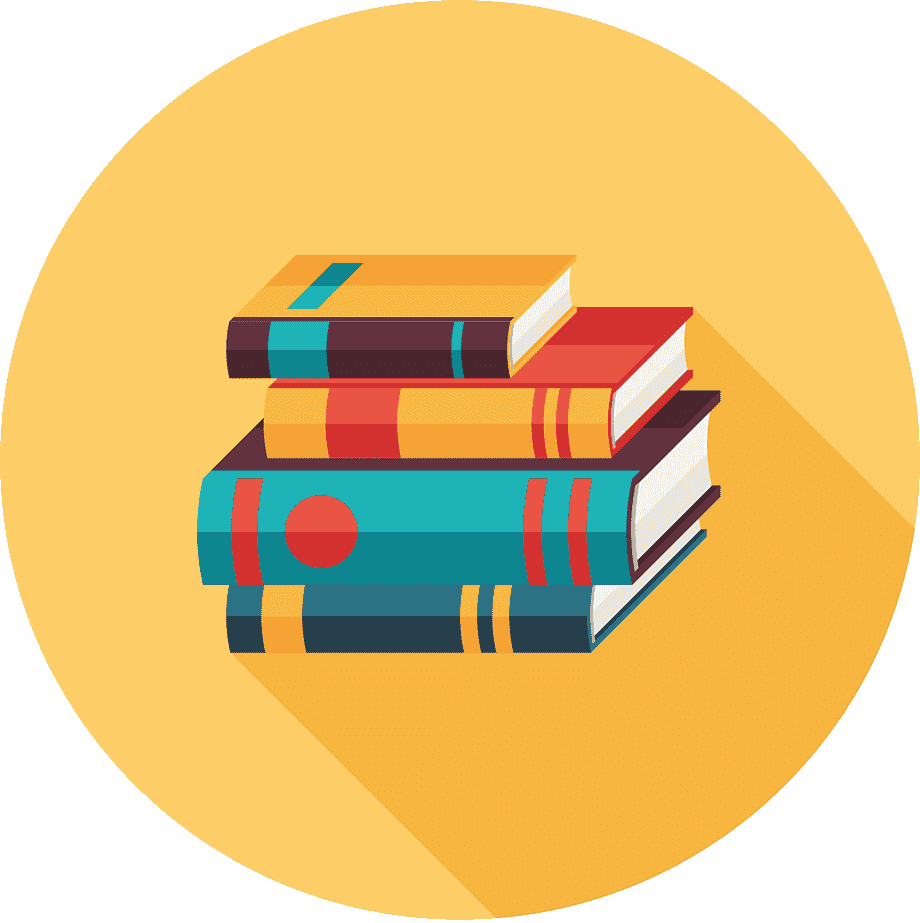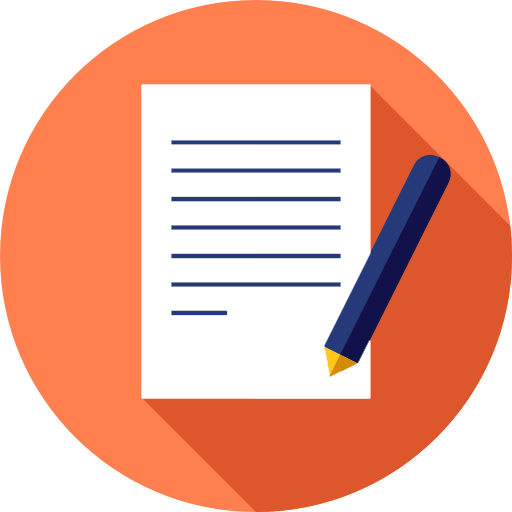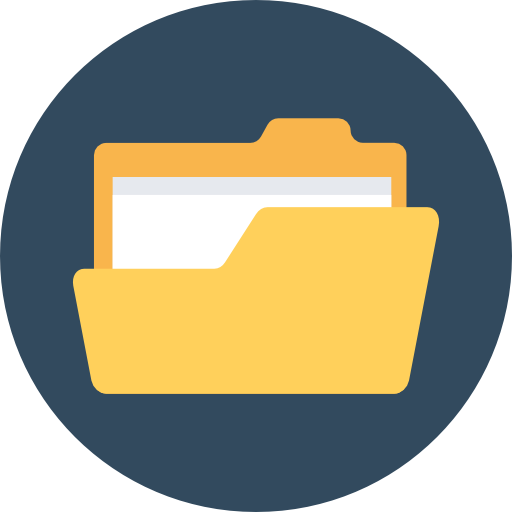

Wooclap
(log in to Canvas)

PSYCH 282
BEHAVIOUR MODIFICATION

|
|
 |
Wooclap |

|
|
|
|
News & Updates
• the textbook (7th edition) is available from the Library (print), the Bookstore (print or ebook), Cengage.ca (print or ebook), and Amazon.ca (print)
• textbook (7th edition) errata (depending on which printing you have; some errata may have been corrected in newer printings): - p.2: although thinking (and feeling) are listed as covert behaviours, in practice the textbook largely does not treat them as behaviours throughout the book - p.17: the term “intensity” is presented as a dimension of behaviour, whereas “magnitude” typically refers to a stimulus; however, the textbook is occasionally inconsistent on this - p.77: “...an alternative behavior is reinforced with the same reinforcer that preciously reinforced the problem behavior...” should be “...that previously reinforced...” - p.83: “One week, Canton ran over the garden hose...” should be “One week, Carlton ran over the garden hose...” - p.107: “Once the child can choose the correct character when you say the Chinese word (A = B)...” should be “(A = C)” - p.107, Figure 7-6: “...spoken word gou to a picture of a dog can tell...” should read “...spoken word gou to a picture of a dog but also can tell...” - p.142: “Consider the use of a within-stimulus prompt to help a blind child choose the correct braille symbol for a spoken work.” should be “...spoken word.” Also, “the correct braille symbol” should probably be “the correct braille symbols” as words are made up of multiple braille symbols in the braille alphabet. - p.155: in referring to doing a task analysis “yourself”, it assumes that “you” are a behaviour analyst or other behaviour change agent - p.192: “If the problem behavior occurs in the test condition but not the control condition, the results demonstrate that attention if the reinforcer...” should be “...the results demonstrate that attention is the reinforcer...” - p.192: “An exploratory functional analysis typically includes three or four test conditions and a control condition as described earlier” should be “An exploratory functional analysis typically includes three or four test conditions and a control condition as described earlier.” - p.233: “To use DRL, the teacher would tell Kylin that she wants them to raise their hand only three times per class period...” should be “...raise their hand no more than three times per class period...” - p.261: the answer to 11. should be Present AO for undesirable behavior - p.261: the answer to 12. should be Decrease response effort for desirable behavior - p.264: although Cheryl’s case is described as “nonexclusionary,” she was removed from the table and made to sit in a chair across the room, so it should be described as “exclusionary” - p.395: in the entry for within-stimulus prompt, “...some aspect of the discriminative stimulus or SD is changed...” should be “...some aspect of the discriminative stimulus or SD is changed...” - pp.396-422: note that almost none of the references conform to APA style, 7th edition (e.g., references for articles are missing the DOI; references for books/book chapters include publishers’ location, etc.)
• there are free online student learning resources for the reading on ethics
• check out the wellness & learning resources list (includes How to Read a Textbook, Study Skills & Learning Strategies, and Multiple Choice Exam Tips)
• read behind-the-scenes blog posts about the creation of this course, the textbook selection, the self-management project, using self-management on myself, the lectures, the wrap-up, and the evaluation |